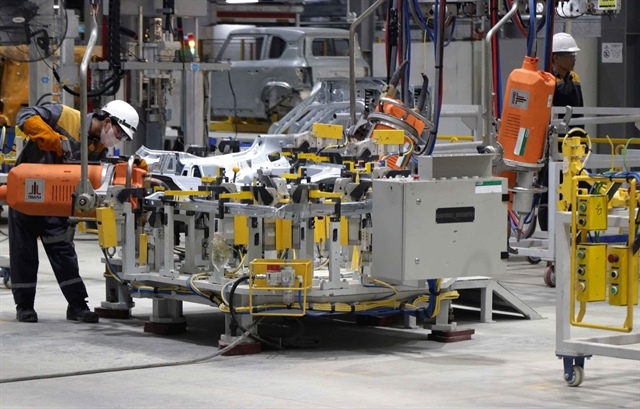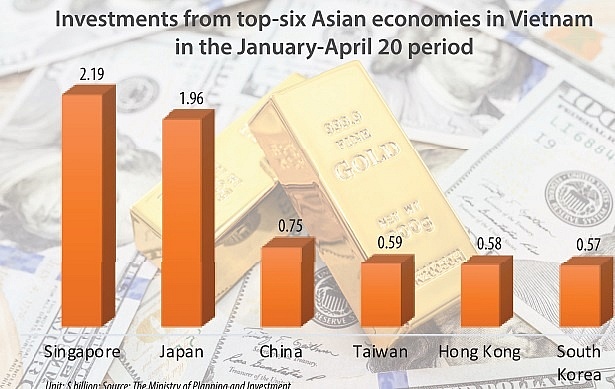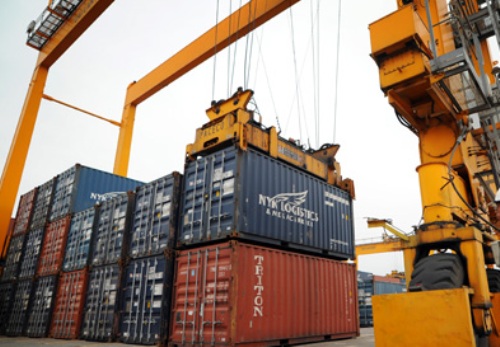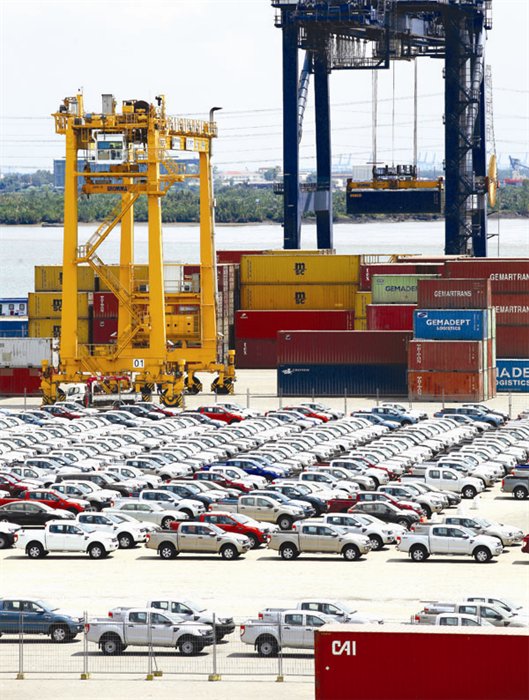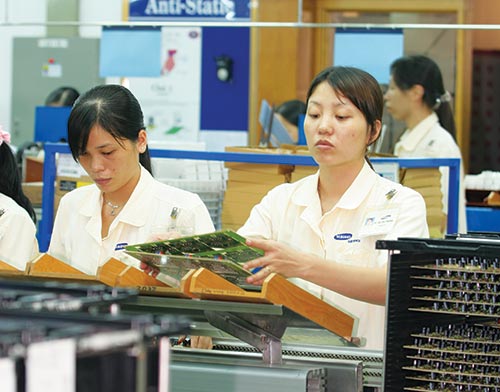Demand still low but economy on recovery path: HSBC report
Demand still low but economy on recovery path: HSBC report
After two high credit growth episodes in 2007 and 2009, which led to high non-performing loan ratios and damaged consumer confidence, Viet Nam is now reeling from sluggish demand, according to a recent HSBC report.
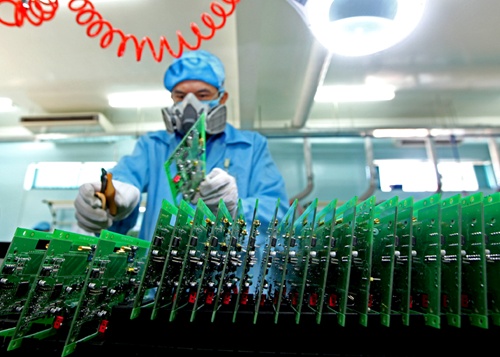
HSBC's "Vietnam at a glance" characterises the economy's current performance as a ‘normal' sluggish recovery from the recent spouts of intense credit growth.
While inflation eased to 3.2 per cent year-on-year, retail sales recorded a slowing growth at only 11.1 per cent, as of October.
Despite weak domestic demand, the HSBC Purchasing Managers Index rose to 51 in October, the 14th straight month of expansion. Exports and employment indices also rose to just above 53.
In the medium term forecast, Viet Nam will likely consolidate its fiscal position, however this year the budget deficit is expected to grow due to countercyclical spending and slowing revenue collection.
"We have long argued that Viet Nam's manufacturing and export-oriented sectors are bright spots in emerging Asia," the report says.
"Despite sluggish global and domestic demand, Viet Nam's comparative wage, electricity, and water-cost competitiveness has boosted its exports," it added.
Since the global financial crisis, Viet Nam has sustained double-digit export growth rates. The bank's analysis put into relief Viet Nam's comparative advantage, global market share, and growth rates to show the success of its traditional export-oriented growth model.
In 1997 merchandise exports were only US$7 billion, last year they were $132 billion. The report predicts that goods exports will reach $151 billion by the end of 2014.
Output is expected to continue to grow next month as new orders minus inventories is still positive.
The rapid expansion of exports and slowing import growth helped turn the trade balance positive in the last three years. A surplus of $1.8 billion is expected in 2014 and $0.5 billion next year.
"We believe trade, especially more diversified and increasingly capital-intensive agriculture and manufacturing exports, will help Viet Nam grow out of its problems.
"The country still has excess rural and urban working age people to productively absorb into the labour force," said the report. Using cheap wages and improving infrastructure to attract capital-intensive manufacturing is the fastest way, according to the report, to provide jobs to the country's eager, literate and young populace.
The rapid expansion of the employment sub-index is the most encouraging indicator for the future growth of Viet Nam's manufacturing sector and GDP.
Oil is currently at $86 a barrel, representing a 19.1 per cent year-to-date decline. Viet Nam exports crude oil and imports petroleum. Up until 2006, a net surplus of oil contributed to the trade balance. However, higher domestic demand and oil prices pushed the oil balance to negative territory in 2008-11.
Since then, net trade of oil has been largely balanced, if volatile. As of October, Viet Nam has run a net oil trade deficit of $0.6 billion.
But trade costs are not Viet Nam's only exposure to the volatility of global oil prices. Oil contributed 19 per cent of the Government's revenues (4.3 per cent of GDP) in 2012, but in 2000 better oil prices meant a contribution of 5.3 per cent of GDP.
This year revenues have grown by 16.9 per cent year-on-year. Government spending, excluding principal payment, increased by 11.5 per cent by the end of the third quarter.
"While we expect lower oil prices to be a drag on Viet Nam's revenue, we do not expect the fiscal picture to deteriorate further from our current forecast, as the Ministry of Finance tends to be conservative with its oil assumption," affirmed the report.
The report proposes that if Viet Nam refrains from excessive credit growth, especially in the inefficient state-owned sector, and focuses on boosting its strategic advantages – trade and favourable demographic transitions – growth will gradually improve.
bizhub



